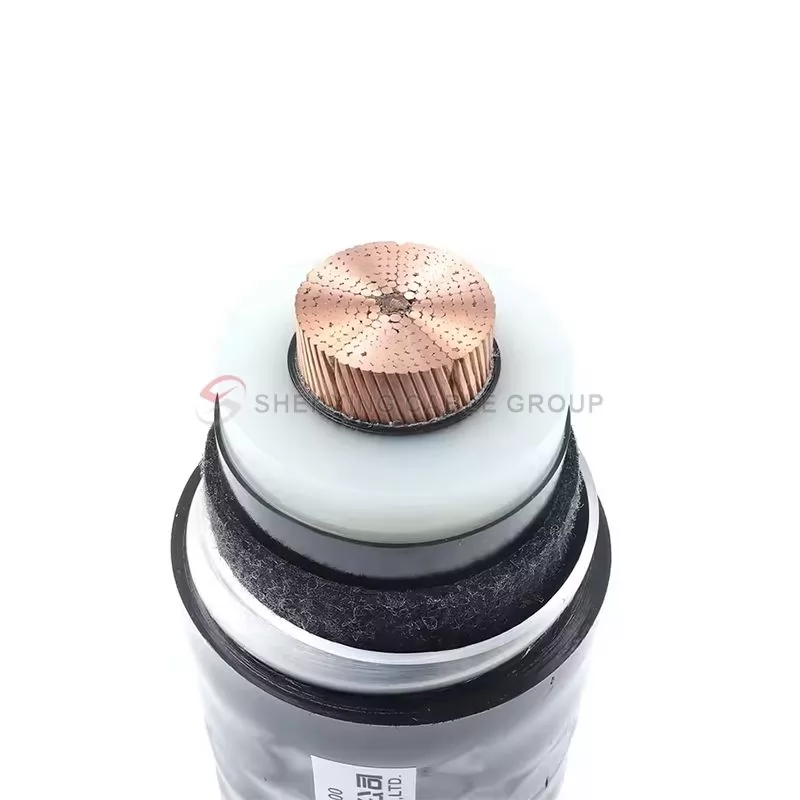+86 151 2718 0862
+86 151 2718 0862

A large-scale wire and cable enterprise group integrating manufacturing, sales, design and research and development.
INQUIRY NOW
A large cale wire and cable enterprise group integrating manufacturing,sales, design and research and development.
INQUIRY NOWNews
Welcome to the news section of Shenxing Cable Group! Here we will provide you with the latest industry trends, technology sharing, and product upgrades and innovations of Shenxing Cable, helping global customers connect to the world safely and efficiently.
December 25, 2024
Share:
Overview of the manufacturing process of wires and cables
The manufacturing of wires and cables involves multiple links, and each step affects the quality and performance of the product. This article will briefly introduce the core production process of wires and cables, allowing you to quickly understand how to go from raw materials to finished products.
1. Copper and aluminum monofilament drawing
Copper and aluminum are commonly used conductor materials. Usually starting from copper rods or aluminum rods, they are drawn into filaments through a wire drawing process. This process reduces the cross-section of the wire by stretching the die, increases the length, and improves the strength of the wire.
2. Conductor twisting
In order to enhance the flexibility of wires and cables, the conductor core is twisted by multiple filaments. The twisting method can be regular or irregular, and the common ones are bundle twisting and concentric twisting. This process facilitates the installation and use of cables.
3. Insulation layer extrusion
The insulation layer of wires and cables is made of plastic materials (such as PVC or PE) and is wrapped around the conductor through an extrusion process. High-quality insulation layers require uniform thickness, smooth surface, and no bubbles to ensure the electrical safety and durability of the cable.
4. Cabling
Multi-core cables are twisted into cables to make the cable compact and have better stability. During this process, the cable is usually filled and tied to maintain its shape and structural integrity.
5. Armoring
For cables that need to be used in high-voltage environments, such as cables laid underground, armoring is usually required. The armor can be made of steel tape or steel wire to provide additional mechanical protection to prevent damage to the cable.
6. Outer sheath
The outer sheath is the last layer of protection for wires and cables to prevent damage to the cable from the external environment. It can provide waterproof, anti-corrosion, wear-resistant and flame-retardant functions to ensure the reliability of the cable in harsh environments.
Summary
The production process of wires and cables involves multiple steps such as drawing, twisting, extrusion, cabling, armoring and outer sheathing. Precise control of each link ensures the excellent performance of the cable in practical applications. If you have more requirements for the quality and performance of wires and cables, it is undoubtedly very important to understand these processes.
Contact us today
No matter where you are, Shenxing Cable Group can meet your cable production needs. Learn about our sustainable solutions and see how we can support your business to achieve high quality goals while promoting environmental development.
Latest Social Commitment
Hot Products
Copper Cores, XLPE Insulated, PVC Sheathed, Control Cable
Shenxing KYJV cross-linked power control cable is an advanced integrated intelligent high-voltage cable designed for real-time monitoring of cable operating parameters.
Read More
Copper Core PVC Insulated Wire
A global BV cable supplier offers a full variety of building cable from our stock and tailored XLPE cables as well.
Read More
Copper Core PVC Insulated PVC Sheathed Power Cable
BVV/BVVB cable is a high-quality power transmission cable widely used in residential, commercial and industrial environments.
Read More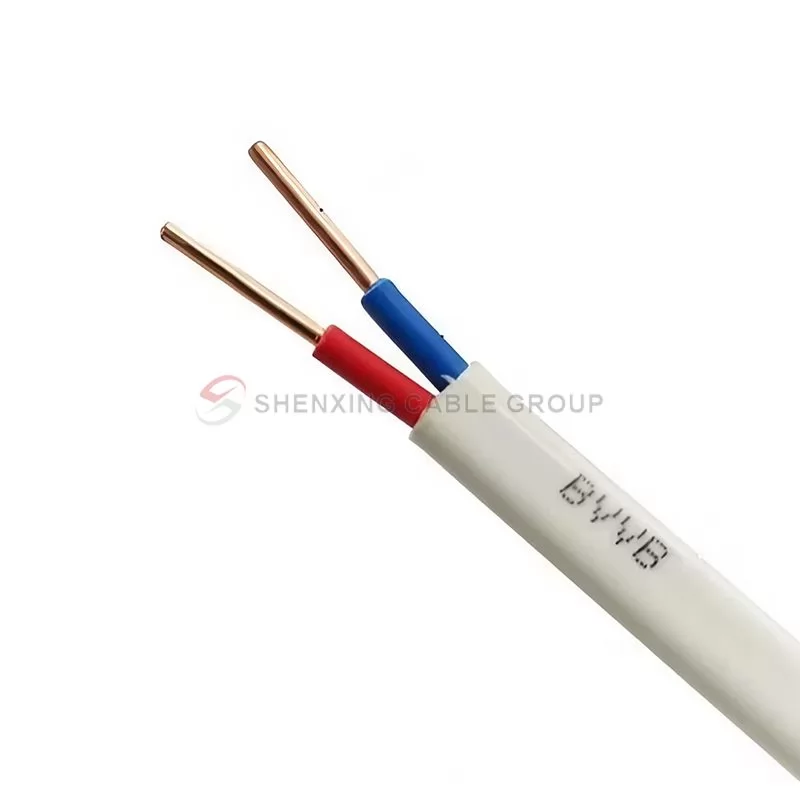
RVB-Copper Core Flat Sheathless Flexible Cable
Welcome to learn about Shenxing Cable Group's RVV/RVB cable (also known as flexible cable), which is a high-performance cable designed for a variety of low-voltage electrical applications. The cable consists of multiple copper conductors and a PVC outer sheath and is widely used in low-voltage electrical systems.
Read More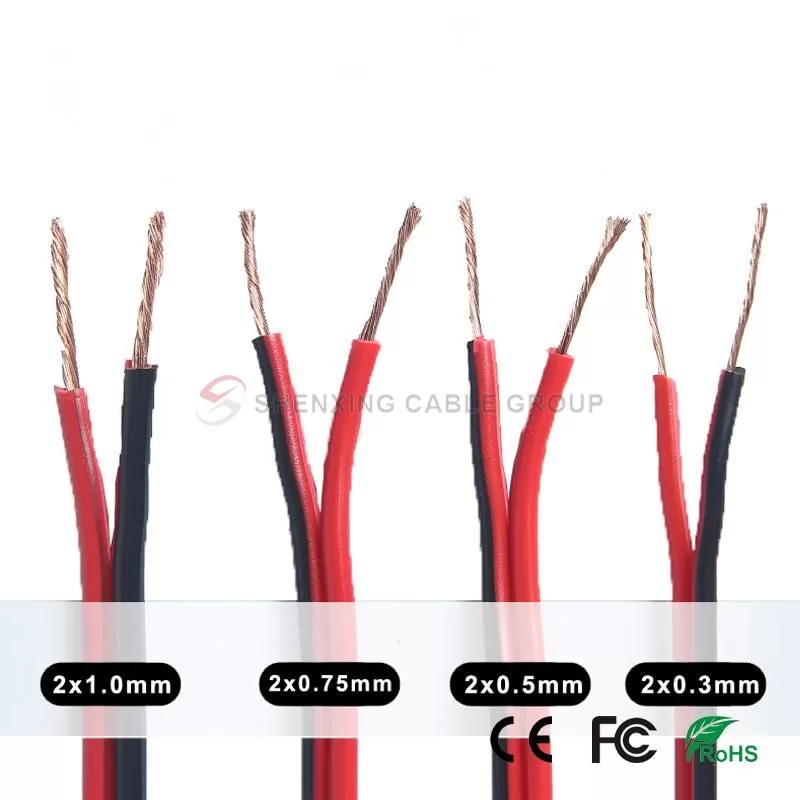
Copper Core PVC Insulated Connecting Soft Wire and Cable
Welcome to learn about RV cables from Shenxing Cable Group. This high-quality cable is designed for low-voltage electrical applications. By using high-quality materials and exquisite manufacturing technology, RV cables ensure that you enjoy reliable power supply and efficient power transmission in multiple fields, providing you with ideal solutions.
Read More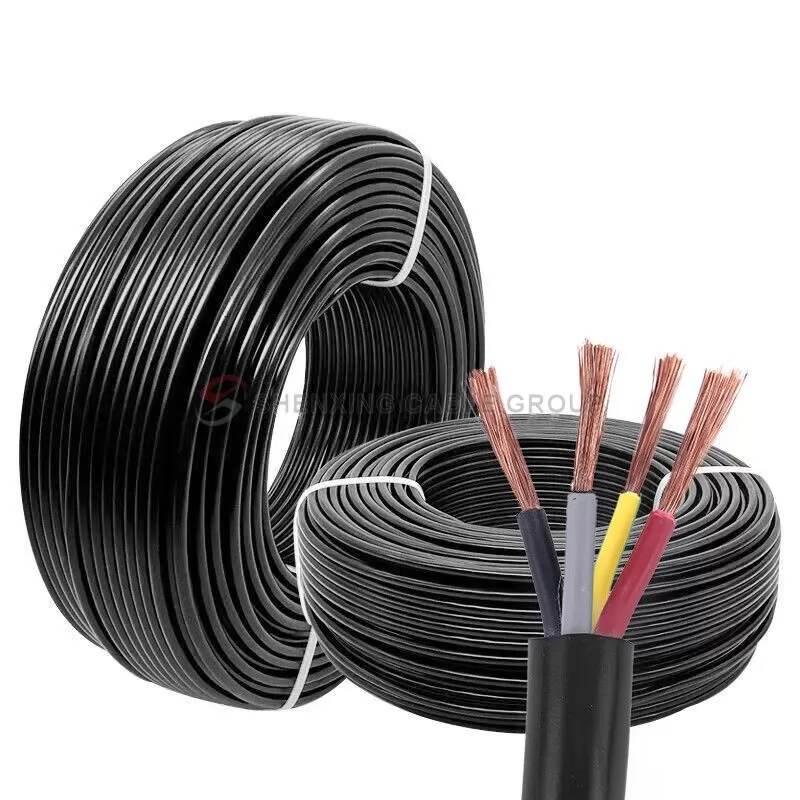
RVV cable is suitable for a variety of application scenarios, including home power wiring, industrial equipment connections, office electrical systems, etc. Whether it is used for power transmission, electrical equipment connection, or use in harsh environments, RVV cables can provide stable, efficient, and safe power support.
Read More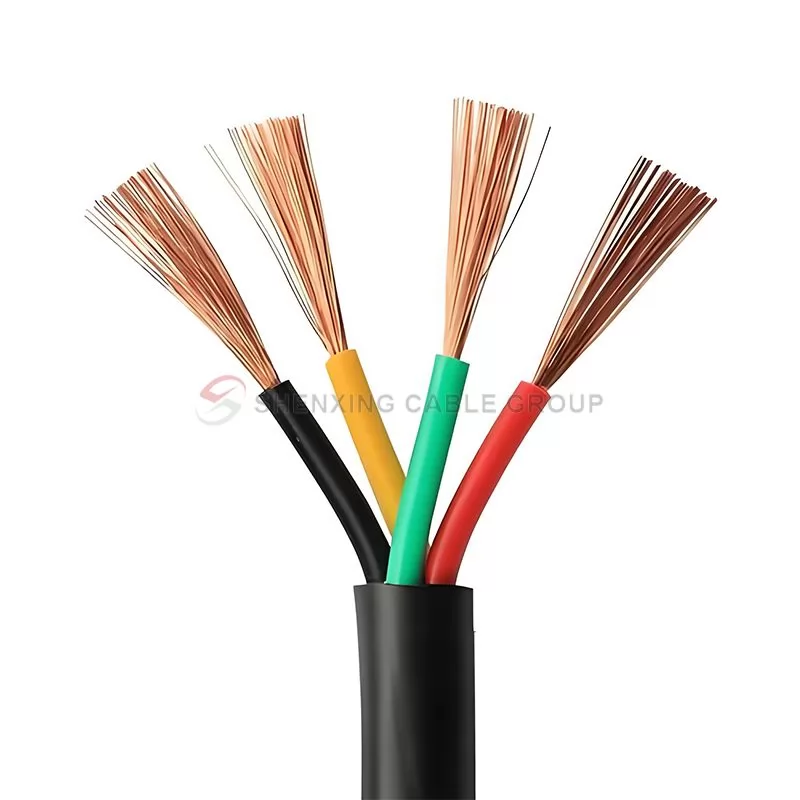
Copper Conductor, PVC Insulated and Sheathed, Steel-tape Armoured Control Cable
RVS twisted pair flexible cable provided by Shenxing Cable Group is a 300/500V voltage level cable consisting of two insulated conductors twisted around each other. We produce many types of twisted pair cables in strict accordance with the Chinese national standard GB/T 8734.3. RVS twisted pair shielded cable consists of two independent insulated copper conductors that are twisted around each other and arranged in parallel.
Read More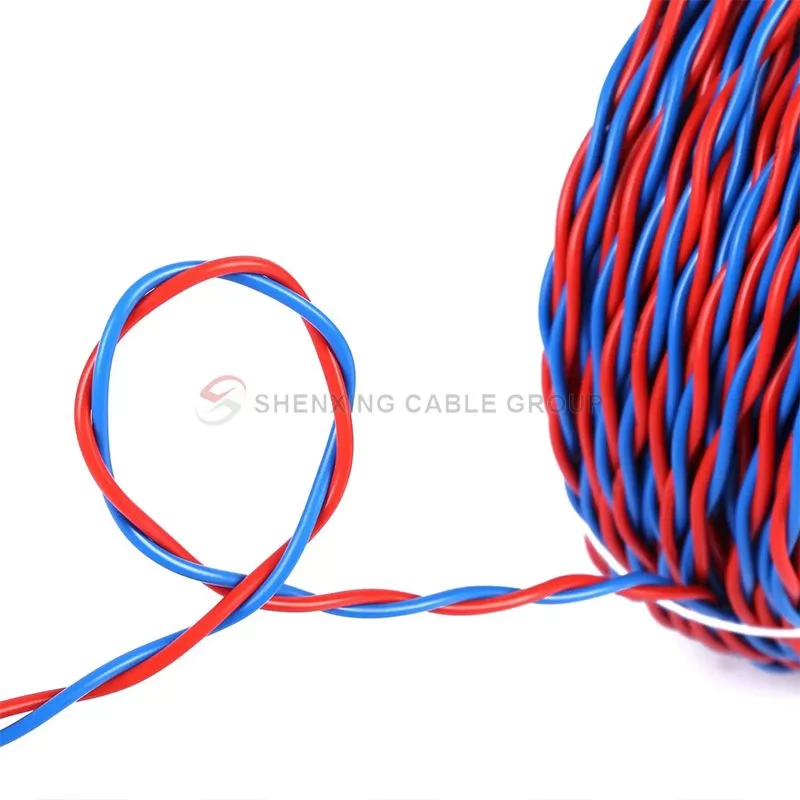
TÜV Solar PV Cable TÜV-H1Z2Z2-K
The SHENXING solar PV H1Z2Z2-K cable, which is TÜV certified according to EN 50618 and AENOR, is suitable for both fixed and mobile solar installations (solar farms, rooftop solar installations and floating plants). It is a highly flexible cable compatible with all major connectors and specially designed for the connection of photovoltaic panels. This versatile single-conductor cable is designed to meet the varying needs of the solar industry. Suitable for wet, damp and humid locations.
Read More
Shenxing Photovoltaic Cable PV1-F is a high-performance cable designed for solar photovoltaic systems. It has excellent high temperature resistance, extrusion resistance, environmental cracking resistance and other characteristics, ensuring the long-term stable operation of photovoltaic power generation systems. As a leading global photovoltaic cable manufacturer and supplier, Shenxing Cable is committed to providing high-quality cable solutions to meet the needs of various photovoltaic installa
Read More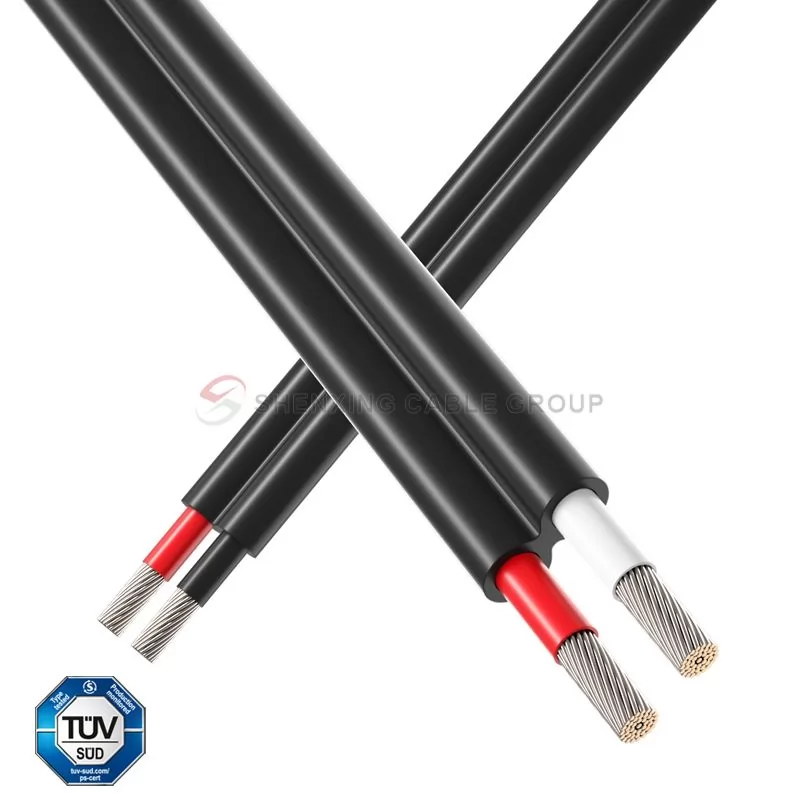
110kv Copper Core XLPE Insulated Corrugated Aluminum Sheathed Power Cable
YJLW high voltage cross-linked polyethylene cable is a high-quality cable product for high voltage power transmission. It adopts high-quality copper core, aluminum core and cross-linked polyethylene insulation materials to ensure the high efficiency and reliability of power transmission.
Read More